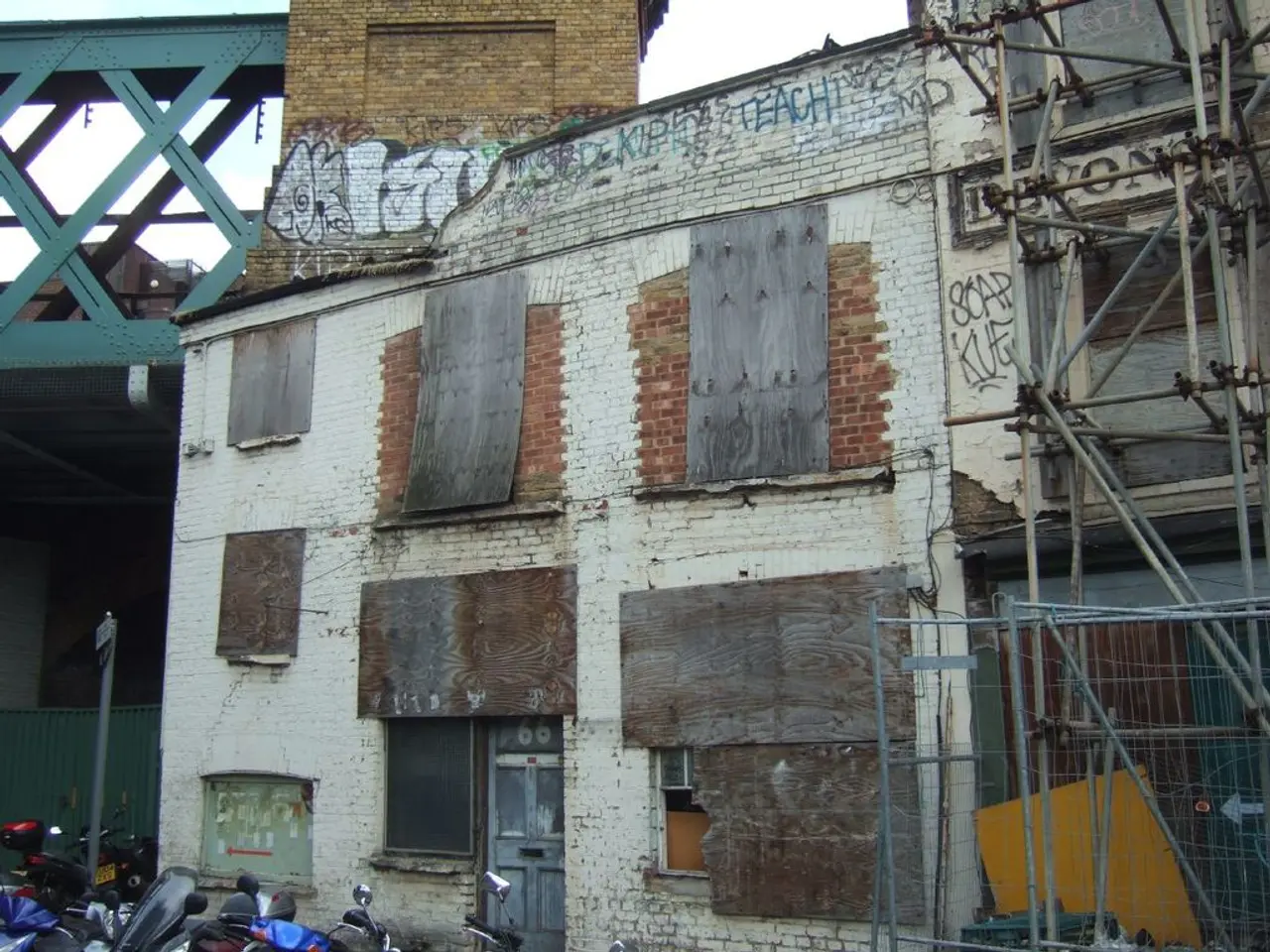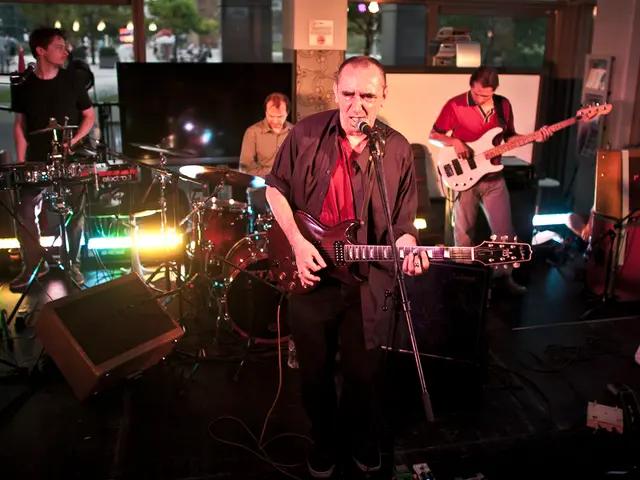Future Energy and Grid Convention in the Philippines, Scheduled for 2025
The Philippines is witnessing a rapid growth in renewable energy (RE) investment, driven by ambitious government targets and a flurry of major projects, particularly in solar power. This surge is evident in the country's aim to increase renewables to 35% of its energy mix by 2030 and 50% by 2040, with solar power as the dominant source.
Currently, renewables account for nearly 30% of the installed capacity, and this figure is set to rise significantly with the onset of several landmark projects. One such project is the Terra Solar Project, which, upon completion in 2025, will be the world's largest integrated solar and battery storage facility with a capacity of 3.5 GW. Another notable project is NKS Solar One, a 1.5 GW floating solar facility in Laguna, backed by a $1.5 billion investment from Blueleaf Energy and local partners.
The Department of Energy (DOE) is spearheading this renewable energy revolution, awarding over 1,392 renewable energy service contracts by April 2025, representing a total potential capacity of 152 GW. This unprecedented momentum for renewable projects is boosting energy security and aiming to lower electricity prices long-term.
The DOE's Green Energy Auction Program (GEAP) is another key driver. The upcoming GEAP Round 4, scheduled for December 18, 2024, targets securing 2,927 MW renewable capacity, primarily solar, across Luzon, Visayas, and Mindanao. This follows the success of GEAP Round 3, which allocated over 2,400 MW majority solar projects. GEAP auctions ensure competitive pricing and increase private sector participation, fostering a more level playing field in renewable energy procurement.
Policy development is also playing a crucial role in the Philippines' clean energy transition. The DOE is developing a carbon credit policy for the energy sector to encourage verifiable emissions reductions and attract clean energy investments. This policy, expected to reshape investment dynamics by reinforcing trust and incentivizing cleaner projects, aligns with global climate commitments under the Paris Agreement.
In conclusion, the Philippines' renewable energy investment trends indicate a strong push towards solar-led capacity expansion, supported by large-scale auctions, multi-billion-dollar projects, and evolving policies like carbon credit systems. This transition is being led by key players such as the DOE, private firms like Blueleaf Energy, and multiple project developers winning contracts via auctions. The future of the Philippines' energy sector looks bright, with a shift towards a cleaner, more sustainable, and more secure energy mix.
The Department of Energy's Green Energy Auction Program (GEAP) is aiming to lower overall energy costs by ensuring competitive pricing and increasing private sector participation in renewable energy projects. With the upcoming GEAP Round 4 scheduled for December 2024, the country expects to see an increase in clean energy investments and a transition towards a more sustainable energy mix, driven mainly by solar power.
The Terra Solar Project, set for completion in 2025, will be the world's largest integrated solar and battery storage facility, showcasing the Philippines' commitment to renewable energy and clean energy sports events, as clean energy sources could potentially power such events in the future.







